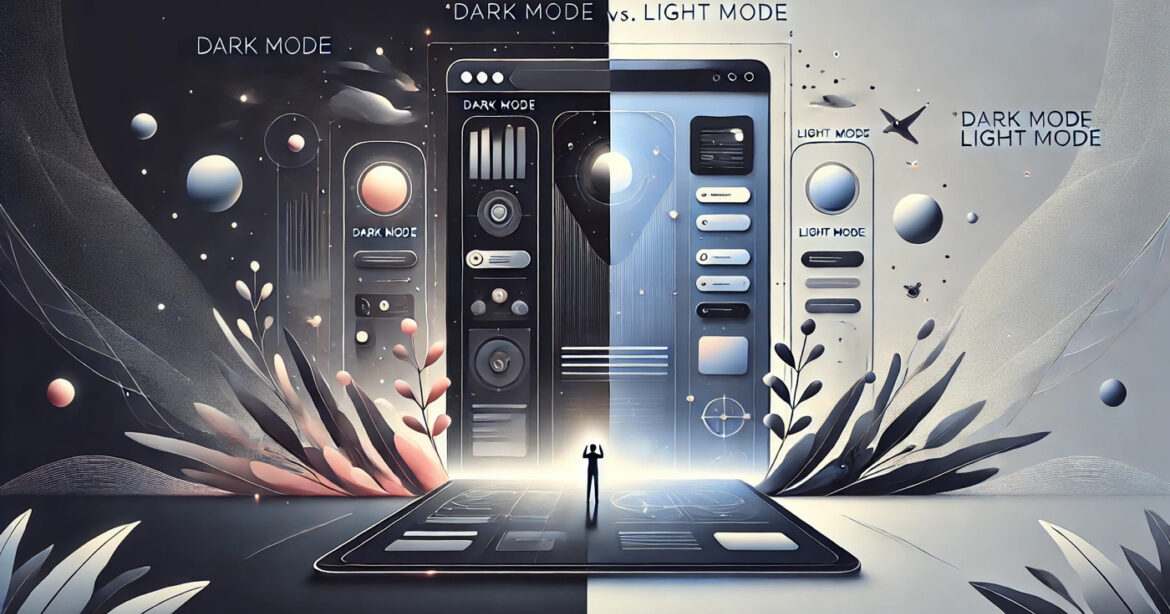
Beyond the canvas
We make websites.
At Gossh, we design websites, too. We create exceptional digital experiences that will elevate your brand. Our secret? We use our powerful website builder, which the leading brands trust.

Beyond the canvas
At Gossh, we design websites, too. We create exceptional digital experiences that will elevate your brand. Our secret? We use our powerful website builder, which the leading brands trust.